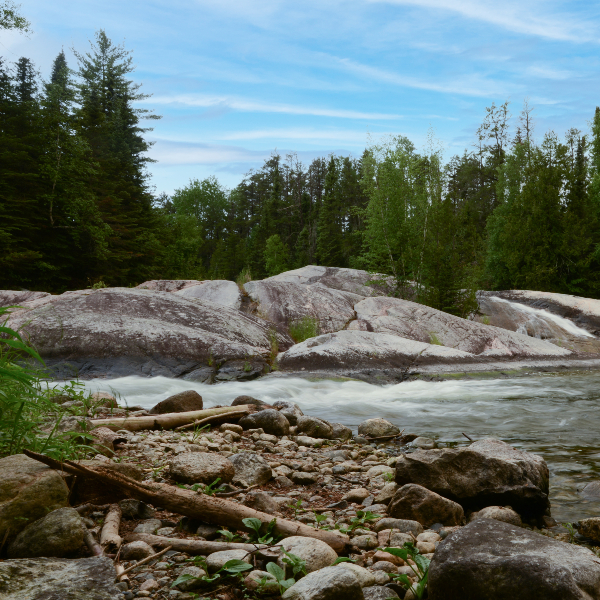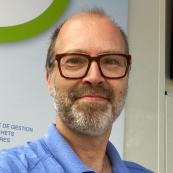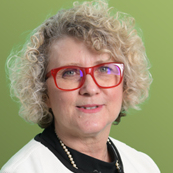Canada's plan
Nuclear energy has powered our homes, businesses and cities for decades. Today, Canada is also actively exploring emerging nuclear technologies and the role they may play in meeting the country’s climate change targets.
Used nuclear fuel is a byproduct of nuclear power. It must be safely managed long-term.
We’re protecting people and the environment, including water, for generations to come.
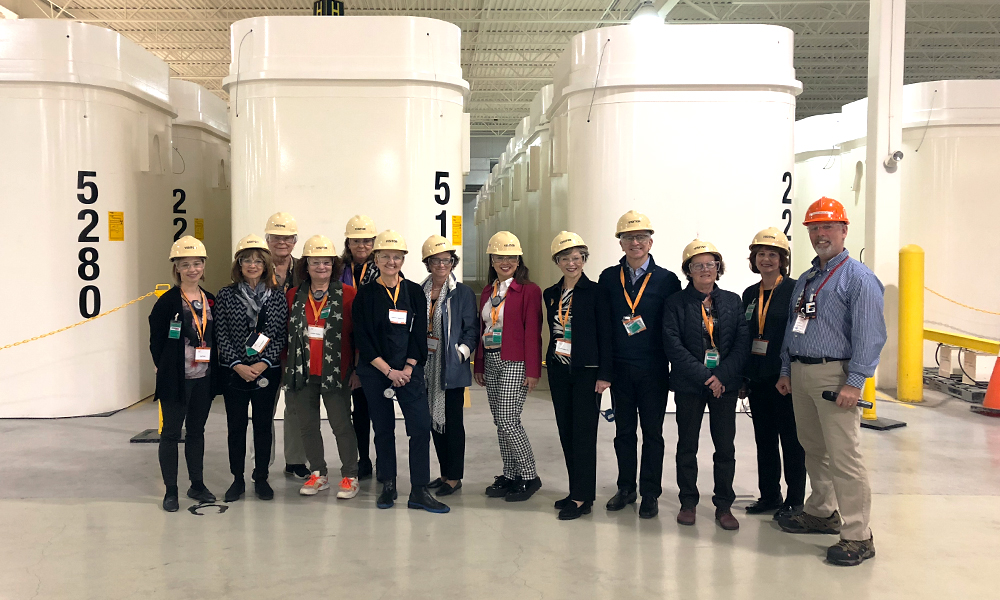
Canada's used nuclear fuel
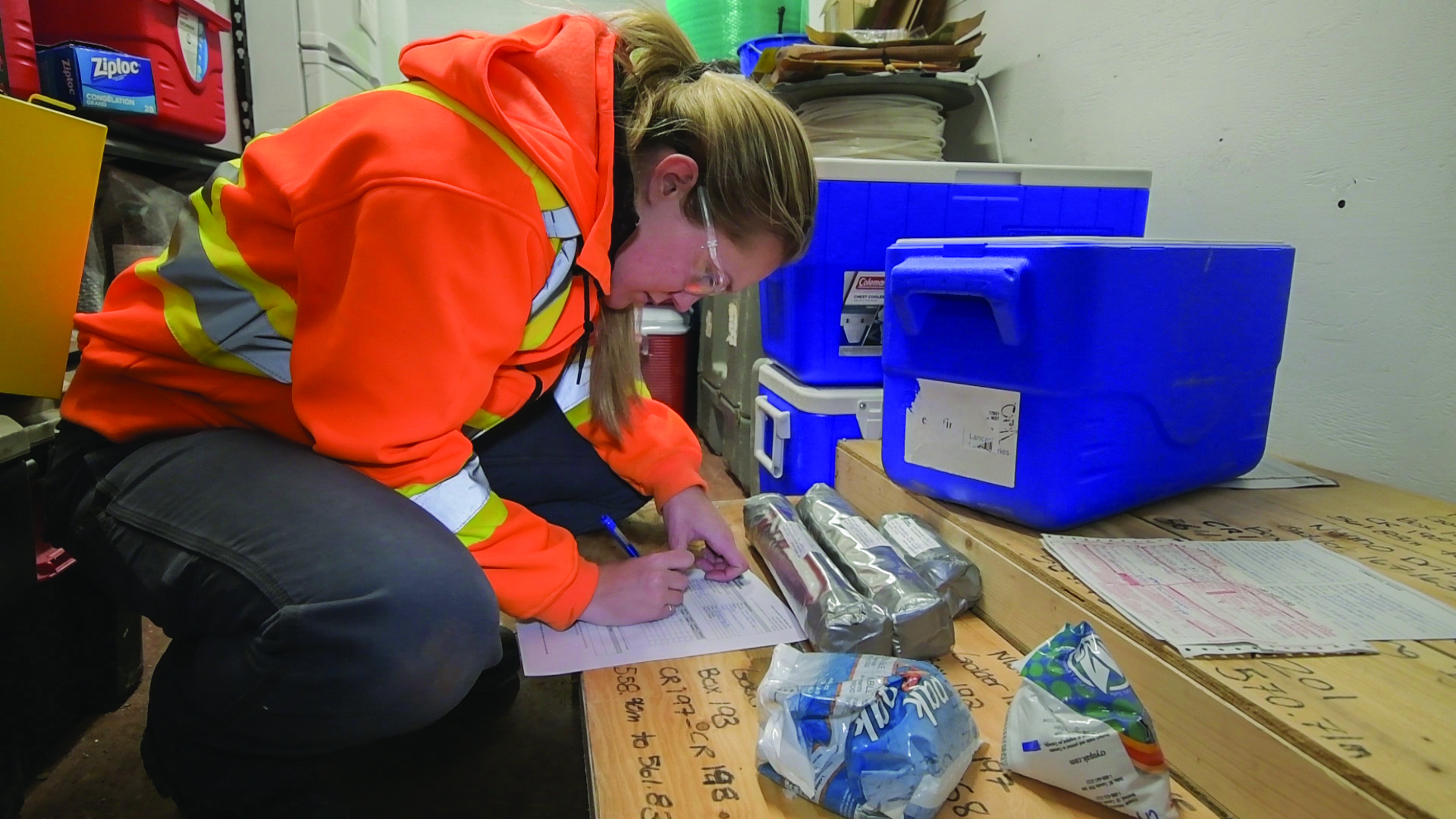
What is Canada's plan for used nuclear fuel?
Canada’s plan involves containing and isolating all the country’s used nuclear fuel underground in a deep geological repository. It is supported by international scientific consensus and best practices for managing used nuclear fuel.
The site for Canada’s used nuclear fuel repository
The multi-year, community-driven process to identify a site for Canada’s deep geological repository began in 2010. Twenty-two municipalities and Indigenous communities expressed interest in learning more and exploring their potential to host the project.
Canada’s plan is now proceeding in an area with informed and willing hosts, where the municipality, First Nation and Métis communities, and others in the area are working together to implement it.
